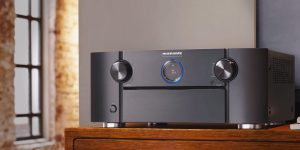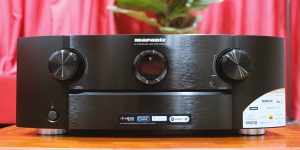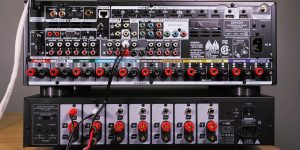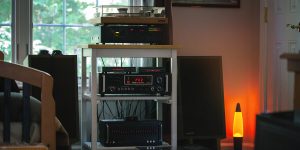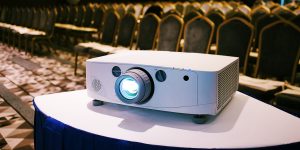There are many different brands of AV receivers on the market, and each one offers its unique features and benefits. When it comes to auto-calibration, however, a few brands stand out from the rest. These brands include Denon, Pioneer, and Yamaha. These brands offer a high-quality auto-calibration feature that makes it easy to get the perfect sound in your home theater. In addition, Denon and Pioneer both offer auto-calibration features that are very user-friendly. In contrast, Yamaha offers a more advanced auto-calibration system that is ideal for those who want to get the most out of their home theater system.
However, some less recognizable brands also produce high-quality products with good auto-calibration for your system. These brands may not have the same name recognition, but they still offer excellent products that can give you the perfect sound in your home theater. If you’re looking for a quality AV receiver with auto-calibration, you should also pay attention to brands like Onkyo and Marantz. These companies offer a wide variety of features that make it easy to get the perfect sound in your home.
No matter what brand you choose, be sure to take the time to read reviews and compare products before making your final decision.
What is auto-calibration of a receiver?
Auto calibration is the process of automatically setting or adjusting the receiver’s parameters to optimize its performance. This can be done manually or through software. Auto calibration can improve the reception of weak signals, reduce interference from other electronic devices, and improve the overall quality of the signal. In addition, it can improve the receiver’s signal-to-noise ratio, selectivity, and overall performance. Typically, auto-calibration is performed at regular intervals or when the receiver’s performance begins to degrade.
It is a helpful tool for anyone who wants to get the most out of their receiver. Whether you are setting up a new receiver or trying to improve an older model, it is essential to understand how auto-calibration works and what it can do for your system. Then, with the right tools and techniques, you can achieve optimal performance from your receiver and minimize the impact of interference and other factors that can degrade its performance.
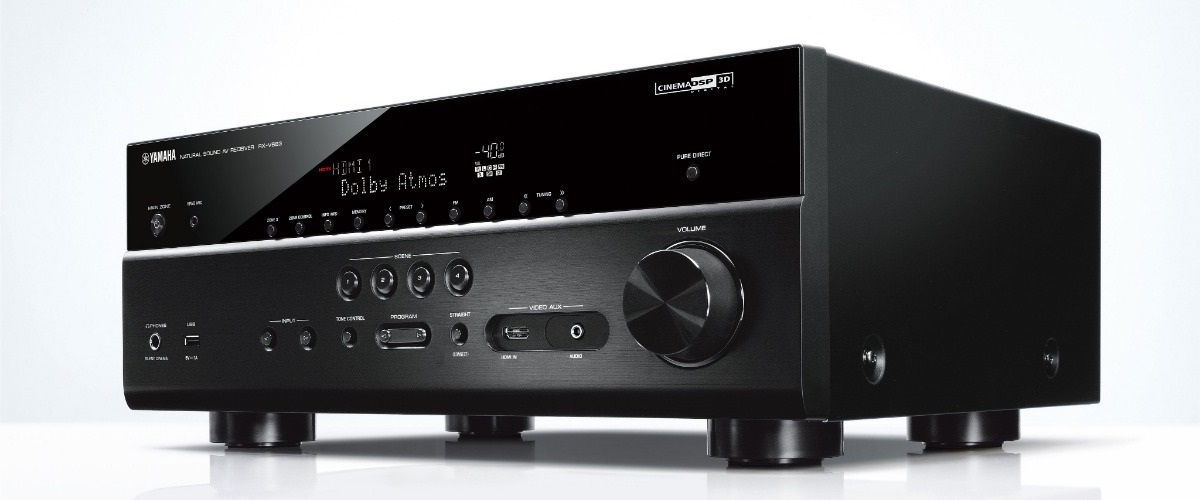
What are the benefits of auto-calibration of the receiver?
Some benefits of auto-calibration of a receiver are that it can improve the accuracy of the measurements and make calibrating quicker and easier. Additionally, it can help to eliminate any user-introduced errors during the calibration process. Finally, auto-calibration can help reduce the amount of time and effort required to maintain a receiver. Therefore, it makes it a very useful feature for anyone who needs to regularly use these types of receivers.
What are the methods of auto-calibration of a receiver?
There are several methods used to auto-calibrate a receiver. The most common is to use a signal generator, and an electronic test instrument called an oscilloscope. It involves sending a signal through the receiver and measuring how well it performs at specific frequencies. Then, the receiver’s settings can be adjusted to improve performance based on this information.
Another method of auto-calibration involves using the software. It is typically done through a computer program that connects to the receiver and analyzes its performance over time. The software will adjust the settings based on how well the receiver performs in different situations and circumstances.
Overall, there are many benefits to using an auto-calibrated receiver. It enables you to get the most out of your receiver and improve your signal’s quality. If you are having difficulty receiving a clear signal or want to ensure that your receiver is performing at its best, auto-calibration may be the answer.
How to know if a receiver has an auto-calibration?
There are a few ways to define if an audio receiver has auto-calibration:
- Check the product manual or specifications. Auto calibration should be listed as a feature if the receiver has it.
- Look for an auto-calibration microphone port on the back of the receiver. It is where you would plug in the microphone that is used for the auto-calibration process.
- There should be an auto-calibration menu option if the receiver has an on-screen display (OSD). It is where you would start the auto-calibration process.
- Check for reviews of the receiver online. Other users may mention if the receiver has auto-calibration or not.
In general, receivers that are newer models tend to have auto-calibration capabilities. However, older models may not include this, so check it before buying.




![Best 2-Channel Receiver [Expert Reviews and Buying Guide]](https://hometheaterology.com/wp-content/uploads/2023/11/best-2-channel-receiver-stereo-300x150.jpg)


